Early humans started worshiping things and elements like the sun, wind, and fire. This soon evolved into animal and deity worship. Ancient societies worshiped a wide range of things that would today terrify us. Among these are dangerous animals that we wouldn’t dare go near.
Many ancient societies worshiped animals like snakes and wolves, which are considered terrifying by modern standards.
SNAKES
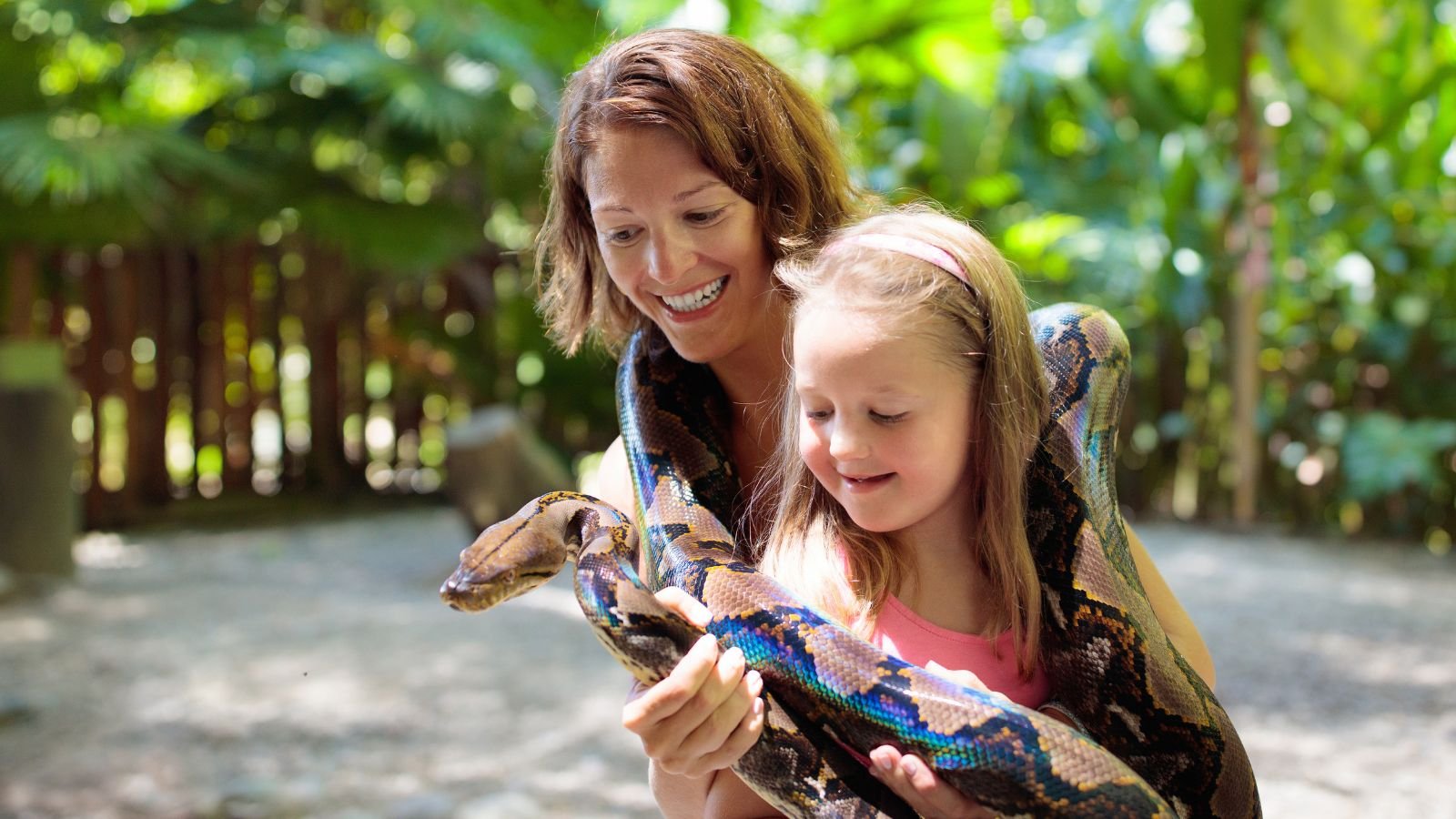
Fear of snakes is the most common fear among humans, but snakes used to be worshiped extensively in ancient Mesopotamia, Sumeria, Egypt, and Scandinavia. The Egyptians worshiped snakes in the form of various gods and goddesses for many things, including fertility. In Mesopotamia and Sumeria, snakes were worshiped as Ningishzida and Mushussu; they were seen as symbols of immortality because they shed their skin.
SPIDERS
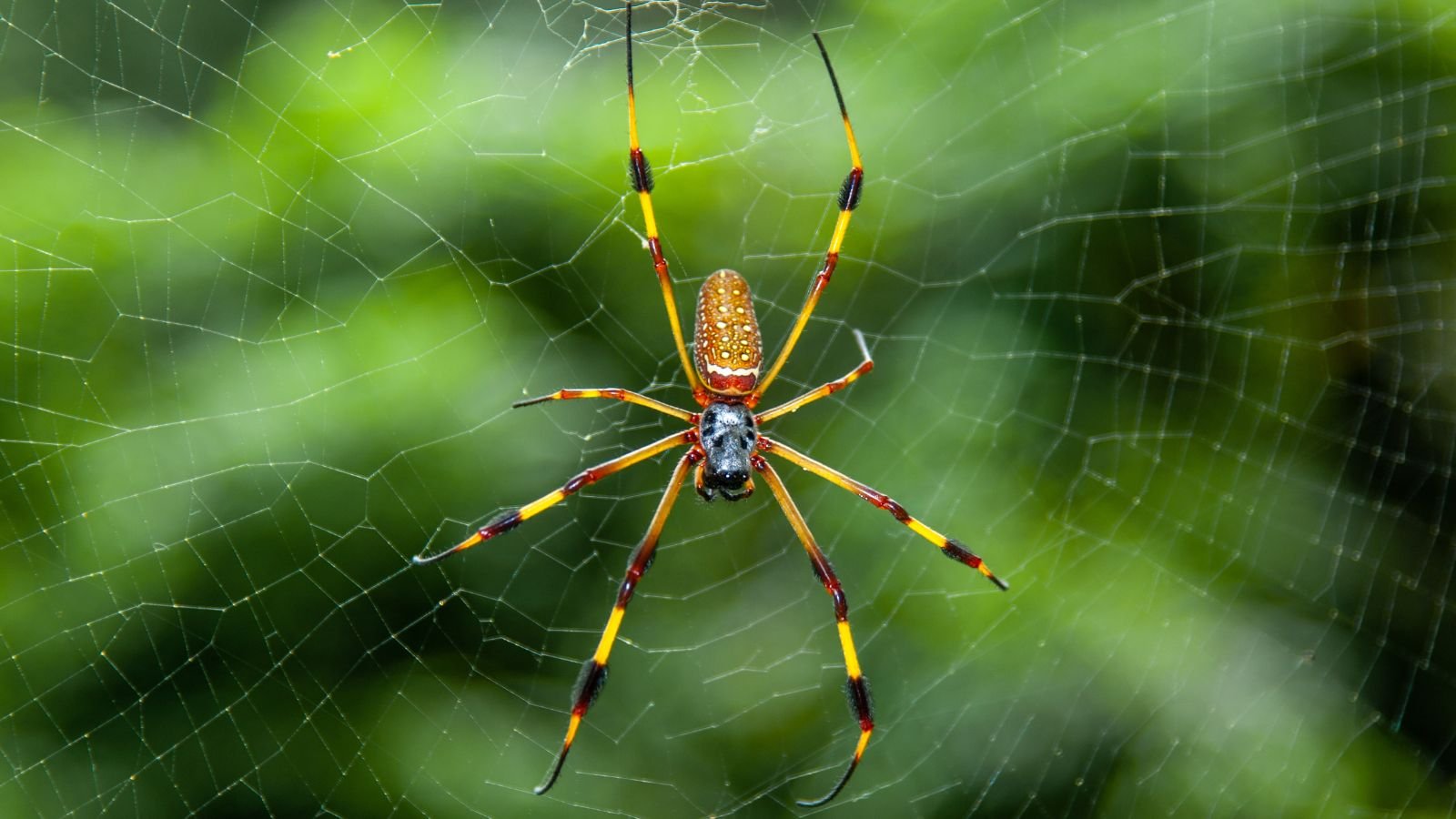
Arachnophobia, the fear of spiders, is common in many people. Many are disgusted, terrified, or unnerved by spiders. This was not always the case; spiders were once revered as sacred, powerful, and even divine creatures in various ancient cultures around the world, from Egypt to Japan to Sumeria.
In ancient Egyptian mythology, spiders were associated with the goddess Neith, who was seen as the weaver of destiny and the creator of the universe. Egyptians also wore protective amulets featuring spider imagery to ward off negative energies.
In ancient Sumeria, spiders were worshiped as the goddess Uttu, the weaver of destiny.
The native Americans believed in the Navajo Spider woman, who is believed to have taught people how to weave and brought harmony to the world.
OWLS

Owls belong to the family of Strigiformes, which includes over 200 species of solitary and nocturnal birds of prey. They are found on every continent except Antarctica.
Most owls are nocturnal, actively hunting their prey in darkness. Many are terrified of owls today due to their eerie looks and nocturnal hunting habits. But things were different in ancient times.
The practice of worshiping owls started in the Mycenaean era, especially in funeral settings. The Greeks associated owls with the goddess Athena and worshiped them along with her as symbols of wisdom and power.
The idea of being terrified of owls started in the Middle Ages when people began associating owls with witches and started believing that owls were bad omens and that the owl’s call signaled death.
WOLVES

Wolves are wild animals that sometimes conflict with humans over livestock, which they tend to prey on. People are terrified of wolves because they are predators, and while people were always wary of them, in ancient times, people used to worship wolves.
Many Native American tribes, such as the Creek, Cherokee, and Chippewa, worshiped wolves and believed humans descended from wolves. The Zuni tribe used to carve stone wolf idols that were believed to offer protection and bless humans with healing and hunting powers.
The Romans revered wolves because of the legend of Rome’s founding fathers, Romulus and Remus, who were believed to have been reduced and given milk by a she-wolf.
The Vikings portrayed wolves negatively due to the Norse legend of Fenrir, the destroyer wolf. Later, agrarian societies saw wolves as a threat to their livestock and children, and the fear of wolves started.
CROCODILES

Crocodiles are amphibious reptiles mainly found across Asia, Africa, Australia, and the Americas. They are one of the most dangerous animals and are rightly feared.
In ancient Egypt, crocodiles were revered and worshiped as the God Sobek, whose name translates to the word crocodile. Sobek was believed to be the creator of the Nile River, and it was worshiped for fertility and healthy crops.
SHARKS

Sharks are different from regular fish not just because of their size and appetite but also because their bodies are made of cartilage instead of bones like other fish. Thinking of sharks brings a shiver down our bodies, but many years ago, people, especially Native Americans and Pacific islanders, worshiped sharks and believed them to be their protectors.
Ancient Hawaiians worshiped sharks as gods; some of the most famous were Ka’ahupahau and Kahi’uka.
In Fiji, people used to worship sharks, too. Their shark god, Daquwaka, was believed to protect the islands, especially during sea disasters.
JAGUAR

Jaguars are the third largest members of the cat family. They are both nocturnal and diurnal, which means they hunt both during the day and night. They are extremely powerful, as their name suggests. Jaguar originates from a Native American word, “Yaguar,” meaning “he who kills in one leap.”
Jaguars were worshiped extensively in the Olmec civilization. They worshiped them as deities and associated them with power and virility. They believed jaguars to be their protectors and rulers. The Mayans believed Jaguars to be symbols of strength, ferocity, and courage.
VULTURES
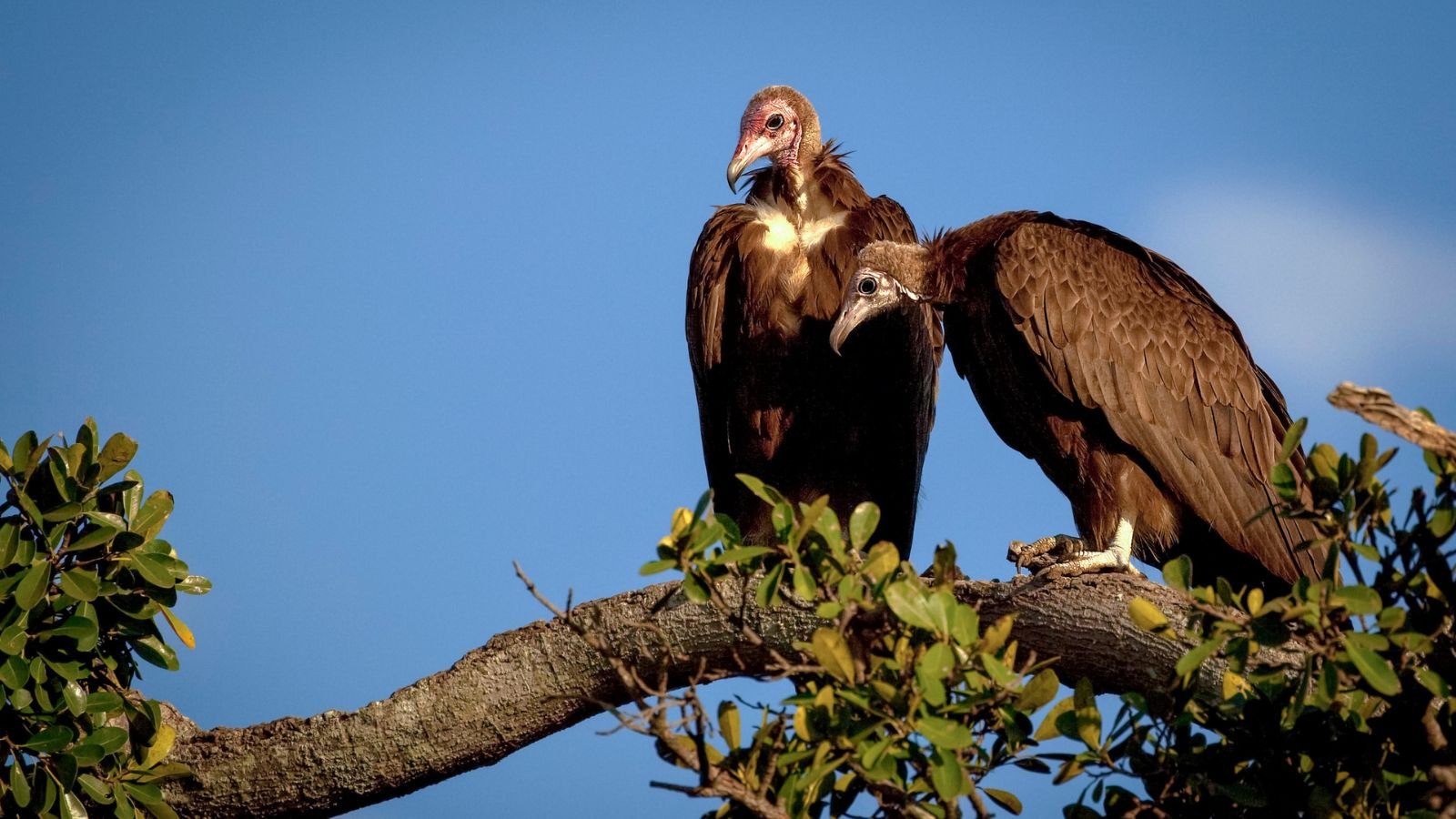
Vultures are birds of prey that feed on carcasses. They play a huge role in environmental cleanliness. Because of their unique, strong stomach acid, they can digest everything they eat. Unlike in ancient times, however, vultures are not given the recognition they deserve in the modern world.
In ancient Egypt, vultures were seen as protectors. They were linked to the goddess Nekhbet, who wore a vulture headdress and symbolized motherhood and safety.
Himyarites, an ancient Arab tribe, worshiped a vulture god named Nasr.
In Nigeria, the Yoruba people worship a vulture goddess named Yemonja. She is believed to be the goddess of fertility and the protector of children.
JACKALS
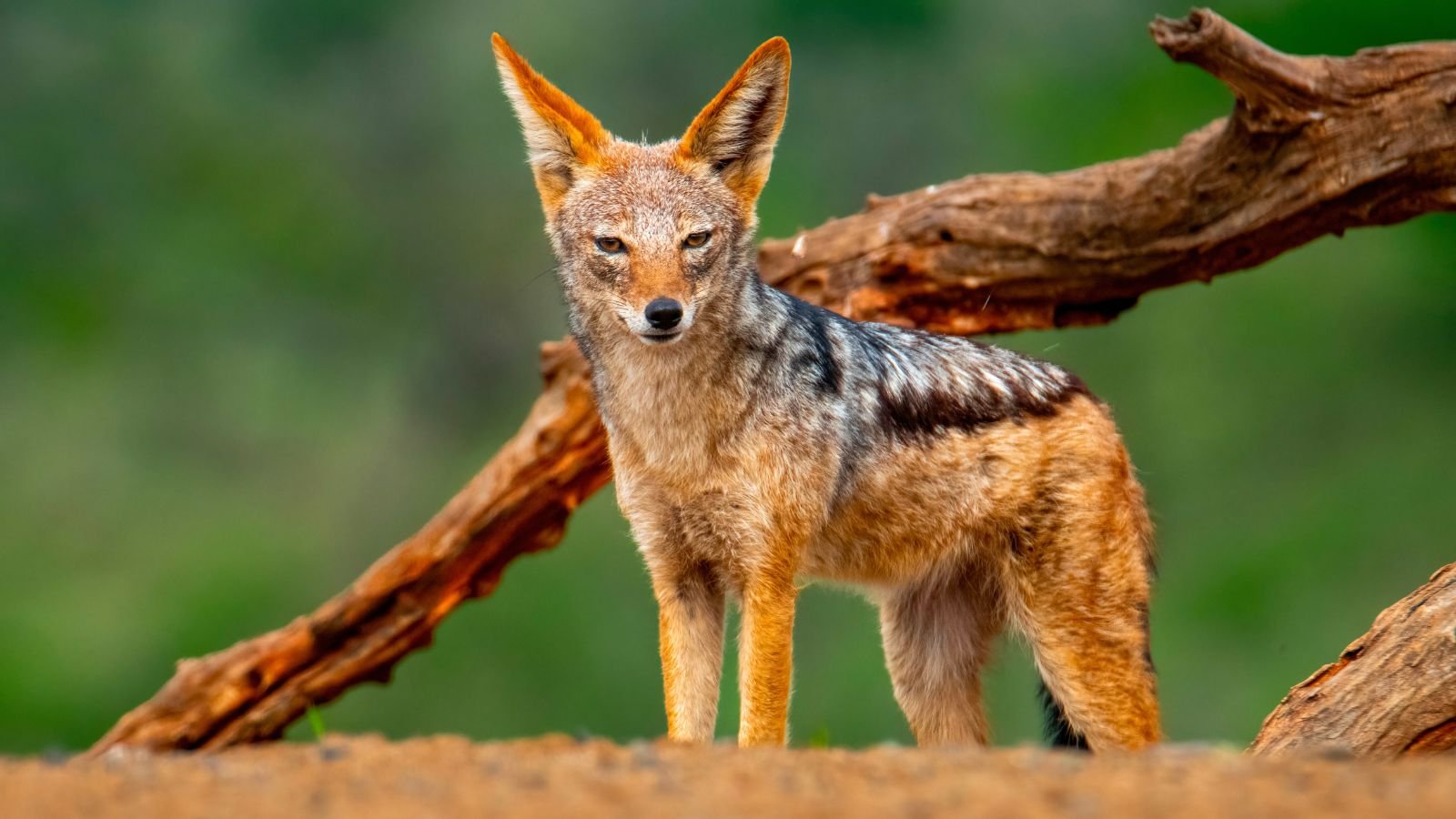
Jackals are wild omnivores that belong to the same family as dogs. Widely found across Asia, Africa, and Europe, Jackals play a vital role in the ecosystem, keeping rodent populations in check and scavenging on carcasses, earning them a reputation as “nature’s clean-up crew.”
The ancient Egyptians believed in a jackal-headed god called Anubis. Anubis was a central figure in Egyptian mythology, associated with death and the afterlife. He was believed to protect graves and guide souls in the afterlife, playing a key role in preparing the deceased for their journey beyond.
HIPPOPOTAMUS
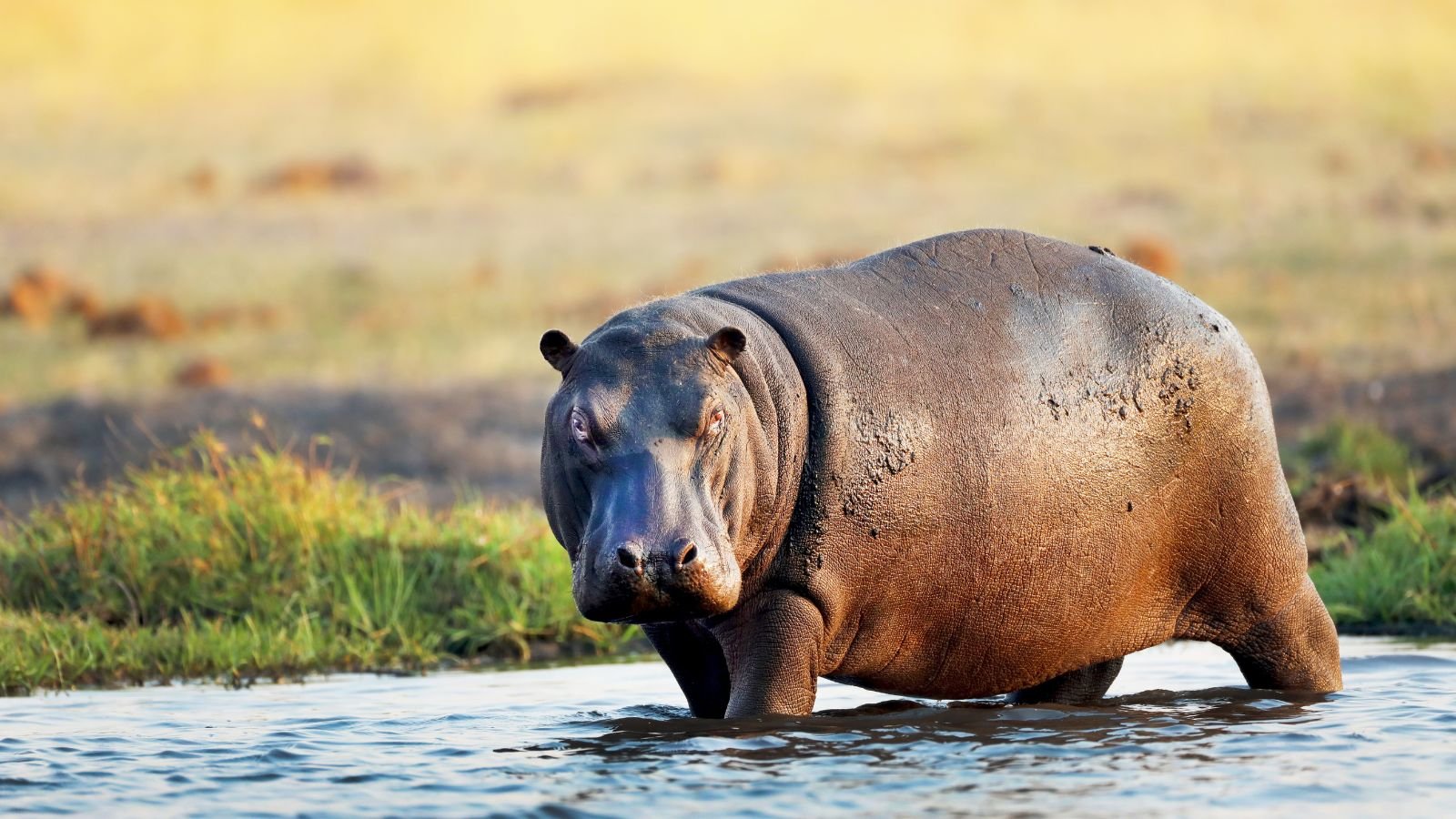
The Hippopotamus is a semiaquatic mammal native to sub-Saharan Africa. Contrary to popular assumption, Hippos are not gentle giants. They are unpredictable and powerful animals that—when feeling threatened—will become extremely aggressive; today, Hippos kill more people in Africa than any other large animal.
Egyptians worshiped hippos differently at different times. From 1550–1070 B.C., they connected the Hippopotamus to the god Seth. Later, the goddess Tawaret, who had the head and body of a hippo, became a household deity in ancient Egypt. Tawaret was considered the protector of motherhood and fertility, and her idols were kept around houses to ward off evil, especially to protect children and pregnancies.
